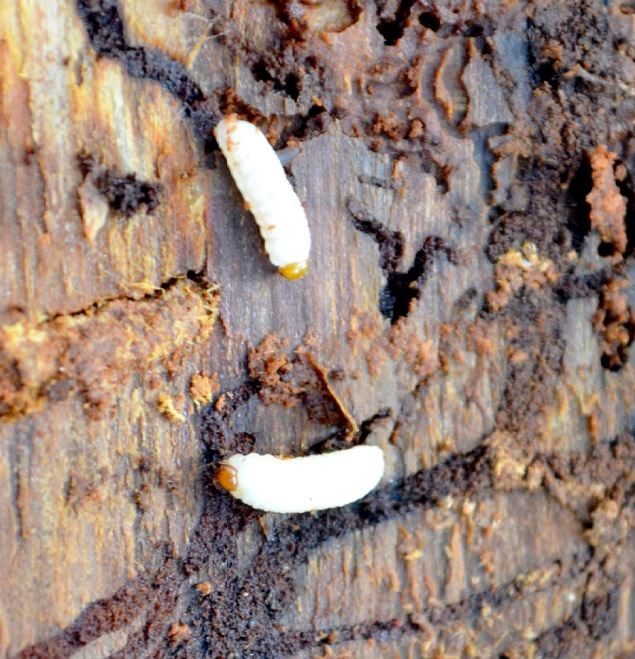The Omineca region spruce beetle outbreak north of Prince George continued to expand in 2017 and is spreading into outlying areas, including the Robson Valley.
The area affected by the outbreak grew to approximately 341,000 hectares in 2017, provincial regional forest entomologist Jeanne Robert said. The affected area is up from 210,000 ha in 2016, and has grown exponentially since 2013 when the area impacted was only 7,653 ha.
Of the area infested, 251,000 ha falls within the Prince George Natural Resource District.
"This year we've greatly expanded our ground survey operations," Robert told city council on Monday. "We're monitoring the situation very carefully."
Part of the difficulty of monitoring the outbreak is because it typically takes 13 to 18 months for spruce trees infested by the bugs to die and turn red, Robert said. That means aerial surveys alone may not detect the infestation until it has already passed through, which is why ground surveys are important.
The Ministry of Forests, Lands, Natural Resource Operations and Rural Development is working with local timber licensees to harvest as much of the infested stands as pratical.
"All the licensees are at the table and all the government agencies are at the table," Robert said. "At the moment we're focused on harvesting... The more you remove the living beetles, the more you can reduce the population."
The outbreak of the 4-7 mm inspects is the largest in B.C. since the 1980s. The insects are native to the province,and normally target weak and dying trees.
"Spruce trees are really tough. You have to have a lot of spruce beetles to kill a healthy tree," she said.
However, changing weather patterns have been a boon to the beetle, Robert said.
"The spruce beetle is very well adapted to survive historically cold winters," she said. "Spruce beetles over-winter twice - once as larva and once as immature adults. (But) we're having longer, warmer summers and milder winters. When that happens the spruce beetle are able to compress their (life cycle) to one year.
"The conditions are very good for bark beetles in general."
When the beetle's life cycle is compressed to a single year, the population can grow rapidly, she said. If the weather is especially cold, the beetle can extend its life cycle to three years, making it resilient to cold climates.
It is not the burrowing beetles themselves, but the blue stain fungi they carry with them, that is typically deadly to the tree, Robert said.
Ministry major projects team lead John Pousette said the lessons learned by the B.C. forest industry following the mountain pine beetle outbreak will help the forest sector maximize the value of beetle-killed spruce.
"We've seen how resilient the forest industry here is," Pousette said. "They are a forward-looking group of licensees..."
Ministry spruce beetle project manager John Huybers said work is ongoing to estimate the shelf life of beetle-killed spruce, but current estimates are approximately seven years.
"The mills are incredibly efficient," Huybers said. "I'm confident industry will find ways to use the timber."
As with the mountain pine beetle or forest fires, he added, stumpage rates will drop for beetle-damaged wood as the wood degrades.



